Around the time Emily Barclay turned 39, she was suddenly besieged by fatigue. Her stomach bloated after simple meals. Her memory faded. For three-and-a-half years, she saw doctors, trying to discern the source of her strange array of symptoms, feeling that something was so fundamentally wrong, so fundamentally different.
Eventually, she searched the internet for her symptoms and stumbled on the word “perimenopause.” “It was a relief to finally have a label,” she says.
Like many women, Barclay had heard of menopause, which literally means the pausing of menses. The end of periods. But menopause is one day of your life, when it’s been 12 months since the last period. The average age of onset is 51.
For most women, no one—not a doctor, a relative, a friend—has spoken of perimenopause, the period of anywhere from a few months to 14 years before menopause, when estrogens and progesterone production declines, bone density decreases, and energy consumption shifts (hello, weight gain), rocketing some into emotional and corporeal chaos. It’s when many women graduate into bodies they’d had no preparation for.
In addition to well-known hot flashes, there are 34 perimenopause symptoms, including night sweats, migraines, vaginal dryness, panic attacks, irregular heartbeats, headaches, mood swings, disrupted sleep, irregular periods, extreme fatigue, and brain fog. Perimenopause symptoms may cost our society billions between healthcare expenses and lost productivity. One study noted that perimenopause symptoms can rupture women’s confidence, concentration, and memory. A Facebook group for women navigating this period is aptly called Perimenopause Hell.
But until recently, this intense, unpredictable, and uncomfortable life phase was largely ignored or unknown by the tech, health, and medical industries. Barclay herself was inspired enough by her frustrating search for help that she launched the online community Perimenopause Hub in 2019, which provides information, resources, and access to experts around the world for women navigating perimenopause.
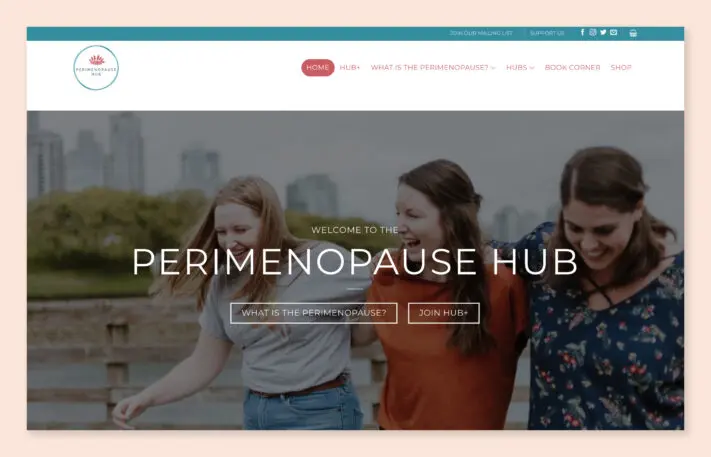
But companies from high tech to homegrown are realizing that the 6,000 women who enter perimenopause each day are an undertapped market—one that’s starved for information, services, and community, and tends to have disposable income. They’re now embracing telehealth models to offer products for older women, from ultrasound devices designed to stimulate vaginal lubrication to specialized hair products. Even Ro’s women-focused website, Rory, offers telehealth services for vaginal dryness and hot flashes. According to one firm, the market around hot flashes and other symptoms is expected to rise from $10.26 billion in 2019 to $18.99 billion in 2027.
Which prompts the question: What took so long?
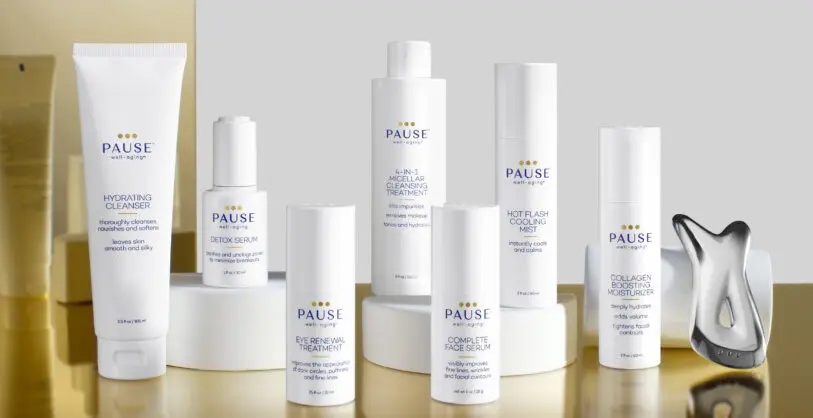
We can’t treat what we don’t discuss
Foremost among the reasons that perimenopause has historically been so under-addressed: Women have not, until recently, talked about it. “Dry vagina” is just not a phrase one utters unless invoking the name of a fictional perimenopausal punk band. Many of us didn’t hear about it from our moms, who likely didn’t have the term perimenopause to encapsulate this powering-down period. “Perimenopause” didn’t appear in The New York Times until 1997, and web searches remained rare until 2018, when Gwyneth Paltrow (and I) started talking up perimenopause to the media. Most women have been taught that the general topic is taboo.
A survey by the U.K.’s Chartered Institute of Personnel Development found some 59% of women with perimenopause symptoms had trouble working, but only a quarter of those who’d taken sick leave due to symptoms felt safe discussing it with their managers. Innovators and investors can’t fill a need they don’t see.
Even if women did bring it up, obstetrics and gynecology residents receive almost no training in menopause medicine, per a 2013 Johns Hopkins study. There are just over 1,300 professionals worldwide, from pharmacists to family physicians, who have training in menopause issues and are certified by the North American Menopause Society (NAMS).
“Women sometimes know more about perimenopause than their doctors do,” says Charlie Foulkes, who administrates the Perimenopause Hell Facebook group, which has more than 23,000 members.
Outside of hormone replacement therapy (HRT), which is increasingly found to be safer than previously thought, “menopause and perimenopause are just understudied and underfunded in general,” says Alessandra Henderson, CEO and co-founder of a menopause education and telemedicine platform called Elektra Health, which offers access to clinicians who are trained in treating a range of menopause symptoms, from hair loss and fatigue to decreased libido, with supplements, prescriptions and behavioral changes.
“Menopause hasn’t been viewed as a significant health threat and its management isn’t a money-maker,” says Stephanie Faubion, medical director of NAMS. Because menopause generates few income-generating procedures, it’s not taught. Thus, Faubion says, “Women don’t understand what’s happening to them and physicians aren’t educated in it and aren’t able to really help.”
Women get plenty of attention, products, and services around puberty and pregnancy, but not much for what comes after, which makes sense in a society that has historically valued women more for procreation than other contributions. But as women’s life expectancy has dramatically increased, they can now expect to spend 40% of their lives in peri or post-menopause. It turns out that they need different kinds of attention, products, and services for those phases of life.
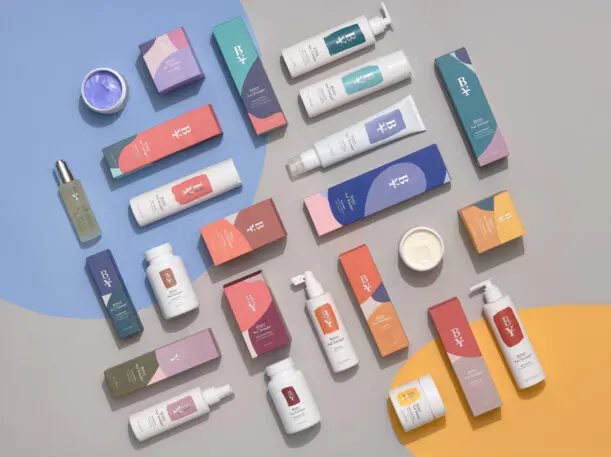
Discovering the new demographic
Sonsoles Gonzalez noticed this undiscovered market in the 28 years she spent as an executive at Procter & Gamble and then L’Oréal. When it came to personal care products, those companies focused almost exclusively on women from ages 18 to 44. “In this industry, the only standard of beauty is to be young,” she says. “But I always was kidding around and saying, ‘What happens with women after 45?'”

“Women are going through this physiological change and I just saw such an opportunity there,” Gonzalez says. In 2019, she created Better Not Younger, a line of hair and scalp care products (as well as supplements) for older women that address concerns such as breakage and thinning. The brand is now carried by Sephora.
Gonzalez is bullish on the consumer that she’s targeting. Research shows that 82% of women over 50 are open to new products. And just as important: They’re more likely to have pocket change. “This is a very rich demographic,” Gonzalez says. “They’re willing to try new brands and have the money to do so.”
“We’re starting to see more entrepreneurs and investors invest in this space because they recognize that these are women who are technologically savvy and who have high discretionary spends,” says Elektra’s Henderson. “Building something for a woman in her forties who might spend more than someone in her twenties just makes sense.”
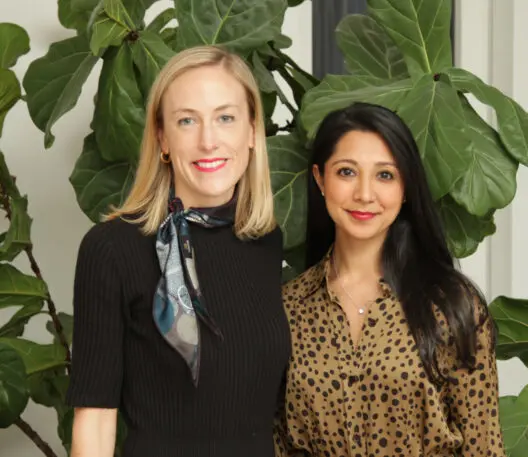
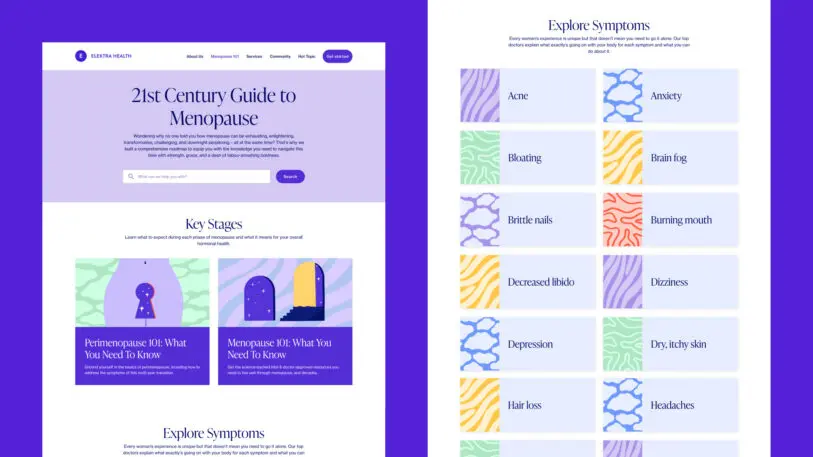
But with the emergence of “femtech,” which focuses on tech solutions female-centric problems (the fact that you need to add ‘fem’ in front of tech shows just how male the industry is), investors may be taking companies that are focused on women more seriously, and seeing their profit potential, which opens possibilities for more products and services.
There’s an incontinence-prevention device, called Elitone. Portland, Oregon-based Madorra has developed an ultrasound device that is designed to stimulate vaginal lubrication (it’s currently undergoing clinical trials). Pause Well-Aging sells hot flash cooling mists and collagen-boosting moisturizers. In addition to Rory and Elektra Health, there’s Gennev, an online telehealth platform offering menopause clinic visits that’s garnered attention for raising $4 million in 2020, and smaller competitors like Lisa Health. Bonafide offers hormone-free supplements and inserts for vaginal dryness, hot flashes, and sex. Thinx, the period underwear company, has a panty for the cough-and-pee set called Speax. SeeMe Beauty offers skincare products for the collagen-deprived.
Kindra, a two-and-a-half-year-old direct-to-consumer startup selling estrogen-free creams and supplements, emerged as an incubator business from a joint initiative between Procter & Gamble and the venture firm M13. (“The menopause space is due for disruption,” trumpets M13’s website.) Women can shop Kindra by concern—mood swings, brain fog, disrupted sleep.
But in order to sell products and services to treat perimenopause, these companies have to teach women what it is.
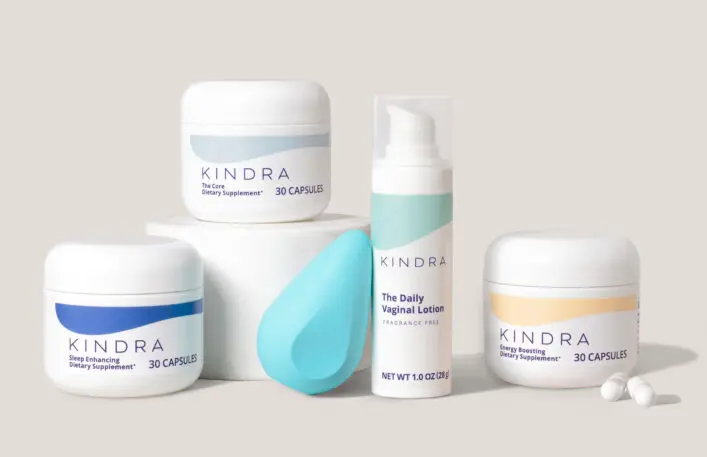
First Stop: Education
Perimenopause is a hard thing to diagnose. It’s not an illness (though it can feel like one), but a normal phase of life. “Many women, when they’re first entering perimenopause, don’t know what’s happening. The instinct is around the specific symptom,” says Catherine Balsam-Schwaber, CEO of Kindra. “If your hair is thinning or you’re experiencing vaginal dryness or painful sex, you might not know that it’s perimenopause.” Some women are prescribed antianxiety meds or antidepressants, because they and their doctors don’t understand the underlying physiological changes behind their emotions.

Elektra Health, for instance, acts as a community hub with seminars on things like sleep or nutrition, and a Facebook group for communing and kvetching. Their doctors and technologists also offer online “menopause care plans” for $199, with additional half-hour specialist or menopause wellness visits that start at $99 each (the company doesn’t yet take insurance). These visits are aimed at providing education about perimenopause and menopause, along with long-term guidance and care plans that help with sleep, anxiety, weight changes, and sexual health.
Monica Becker partook of two 30-minute, one-on-one visits with Elektra doctors; a webinar informational series about menopause; and a program of three one-hour sessions focused on how to get better sleep. She learned about supplements and hormones and shifting energy levels. “I was really in it to understand the physiological changes that occur, connect with experts and get some targeted advice, and perhaps learn from other women who are going through the same thing,” she said.
Many perimenopause companies offer community: the chance to connect with other women navigating the same strange terrain. At online spaces like Perry or Women Living Better, women share symptoms, raise awareness, and in some cases partner with researchers to gather information and share it.
“I’m not talking about solutions for hot flashes,” says Nina Coslov, co-founder of the education and research site Women Living Better. “My mission is about creating awareness because I think that is a really missing part.” WLB has collaborated with ob-gyns and midlife women’s health researchers to develop surveys about women’s perimenopause experiences, garnering over 3,000 responses. It presented its findings at the North American Menopause Society’s annual meeting, where its poster won a prize.
Barclay’s Perimenopause Hub offers access to webinars, newsletters, featured experts, and online portals, where users can gather around specific themes: fitness, nutrition, acceptance, medical, and holistic.
“There are people from all around the world,” Barclay says. Most users are in their 40s and under the impression that they’re too young for perimenopause. When they talk with others, she says, they realize, “Oh right, I’m not going completely crazy.” She has also launched a “corporate menopause education” firm, to teach businesses how to support and retain older women.
Many of these companies are in competition, but, says Balsam-Schwaber, “collectively we’re all trying to break down the stigma against this perfectly natural time in a woman’s life.”
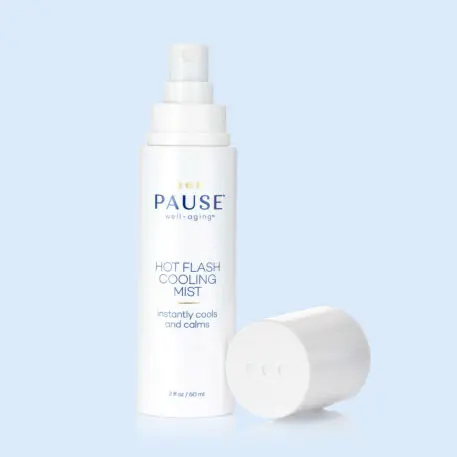
Making hot flashes cool
That stigma-smashing goal may be the hardest to achieve. Balsam-Schwaber says Kindra aims to deliver “candid care.” “We try not to shroud it in the idea that menopause has to be something to whisper about to one another.”
Still, she’s well aware of women’s reluctance to be open about their changing bodies. One reason Kindra’s products—supplements for energy, sleep, and a multi-symptom mashup of hot flashes, brain fog, mood swings and moisture, starting at $37 for a month’s supply, as well as vaginal lubricant lotion, starting at $49—are direct-to-consumer is that, “you can have them delivered directly without having to visit a retail location,” says Balsam-Schwaber. “The systemic stigma around perimenopause makes women feel more comfortable online.”
Women can educate each other and provide outlets for treatment and help, but can they make perimenopause . . . cool?
Maybe. We’ve got Gwyneth, Gillian Anderson, and Viola Davis raising awareness. Meanwhile, though our society has traditionally viewed women past their childbearing years in uncomplimentary ways (if they’re seen at all), women of a certain age may view themselves quite differently. “Many women feel happier or more empowered or more in control of their lives” once they’ve passed beyond menopause, says Balsam-Schwaber.
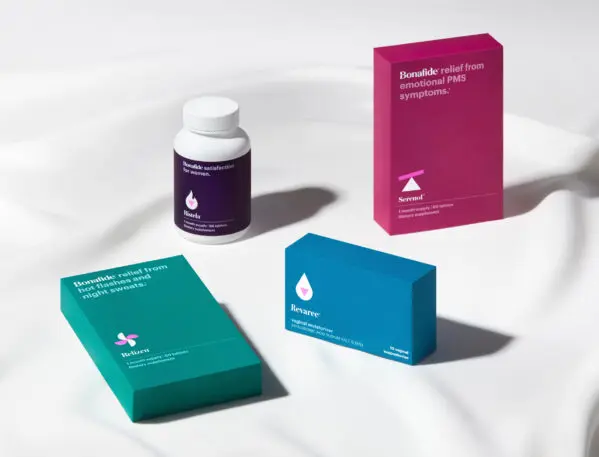
So now we have pro-aging supplements, and special creams, buzzing devices and membership-based telehealth communities. How do we know what’s effective? Supplements are an industry worth more than $36 billion-a-year industry, and placebos often work just as well. “There is a lack of data about what actually works for women,” Henderson acknowledges.
We can’t really know what works until these companies are in business for longer, reaching more women, fomenting more interest and visibility. The proof will come not just from scientific research, but also customer feedback and sales. Gennev saw 20% growth in appointments and product sales in 2020. Better Not Younger’s business grew 7.5 times from 2019 to 2020.
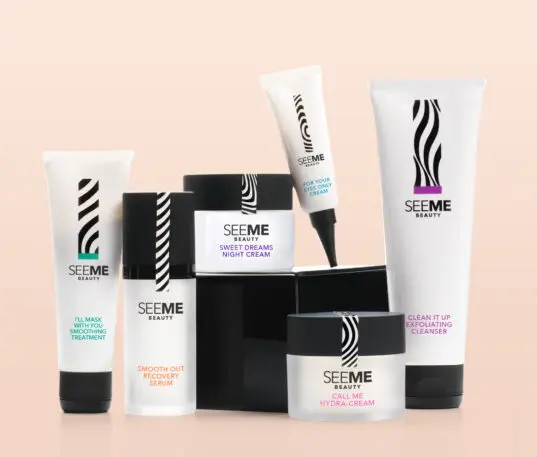
“If we can learn to carve out a bit of time for ourselves, that helps us to lower stress, which has an impact on the level of our symptoms, which makes us a nicer person to be around—which makes us happier,” Barclay says. “Every conversation I have comes back to finding that little bit of self-care.”
Some changes must occur at the societal and structural level, too. In England, MP Dawn Butler proposed that menopausal women be given flexible working hours to accommodate symptoms. “Together we must end the stigma and ensure that no woman is put at a disadvantage, from menstruation to menopause,” she said at a Labour Party conference. And some UK companies are launching “menopause guidelines” to support their employees. PR agency Ogilvy offers “menopause support” to staff, which includes educating managers about menopause and allowing flexible hours for women dealing with it. Helen Matthews, chief people officer, told one publication that “it drew the biggest response to any benefit we’ve ever launched.“
We’re a long way from making perimenopause care ubiquitous, destigmatized, and affordable. Generally, menopause telehealth companies don’t take insurance, and many of these devices and products aren’t covered. For now, getting certain kinds of help is the domain of the privileged—though there are dozens of perimenopause Facebook groups that are free to join.
Someday, says Elektra’s Henderson, perimenopause treatment will be normalized. “You’ll have your go-to menopause specialist the same way you have your OB or your cardiologist,” she says. But in the meantime, women have to keep putting perimenopause out there. “It’s really when women start talking openly about it with other women that we’ll see real change.”
Lisa Selin Davis is the author of TOMBOY: The Surprising History and Future of Girls Who Dare to Be Different. She has written articles, essays and op-eds for The New York Times, The Washington Post, The Wall Street Journal, CNN, New York magazine and many other publications.
Recognize your company's culture of innovation by applying to this year's Best Workplaces for Innovators Awards before the extended deadline, April 12.
